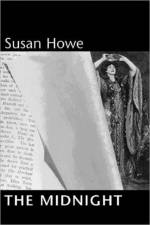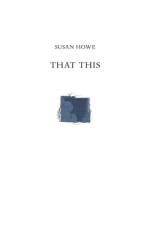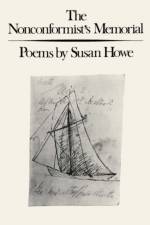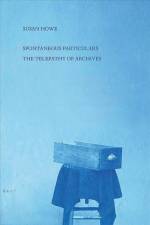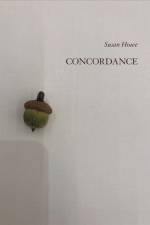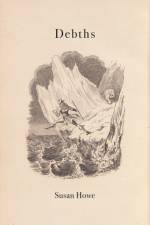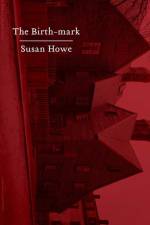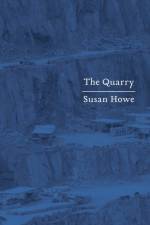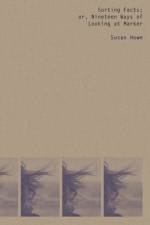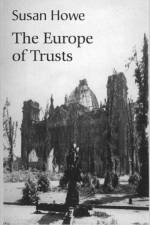av Susan (State University of New York Howe
257
In The Midnight's amply illustrated five sections, three of poetry and two of prose, we find-swirling around the poet's mother-ghosts, family photographs, whispers, interjections, bed hangings, unfinished lace, the fly-leaves of old books, The Master of Ballantrae, the Yeats brothers, Emily Dickinson, Lewis Carroll, Lady Macbeth, Thomas Sheridan, Michael Drayton, Frederick Law Olmsted: a restless brood confronting, absorbing, and refracting history and language. With shades of wit, insomnia, and terror, The Midnight becomes a kind of dialogue in which the prose and poetry sections seem to be dreaming fitfully of each other.

